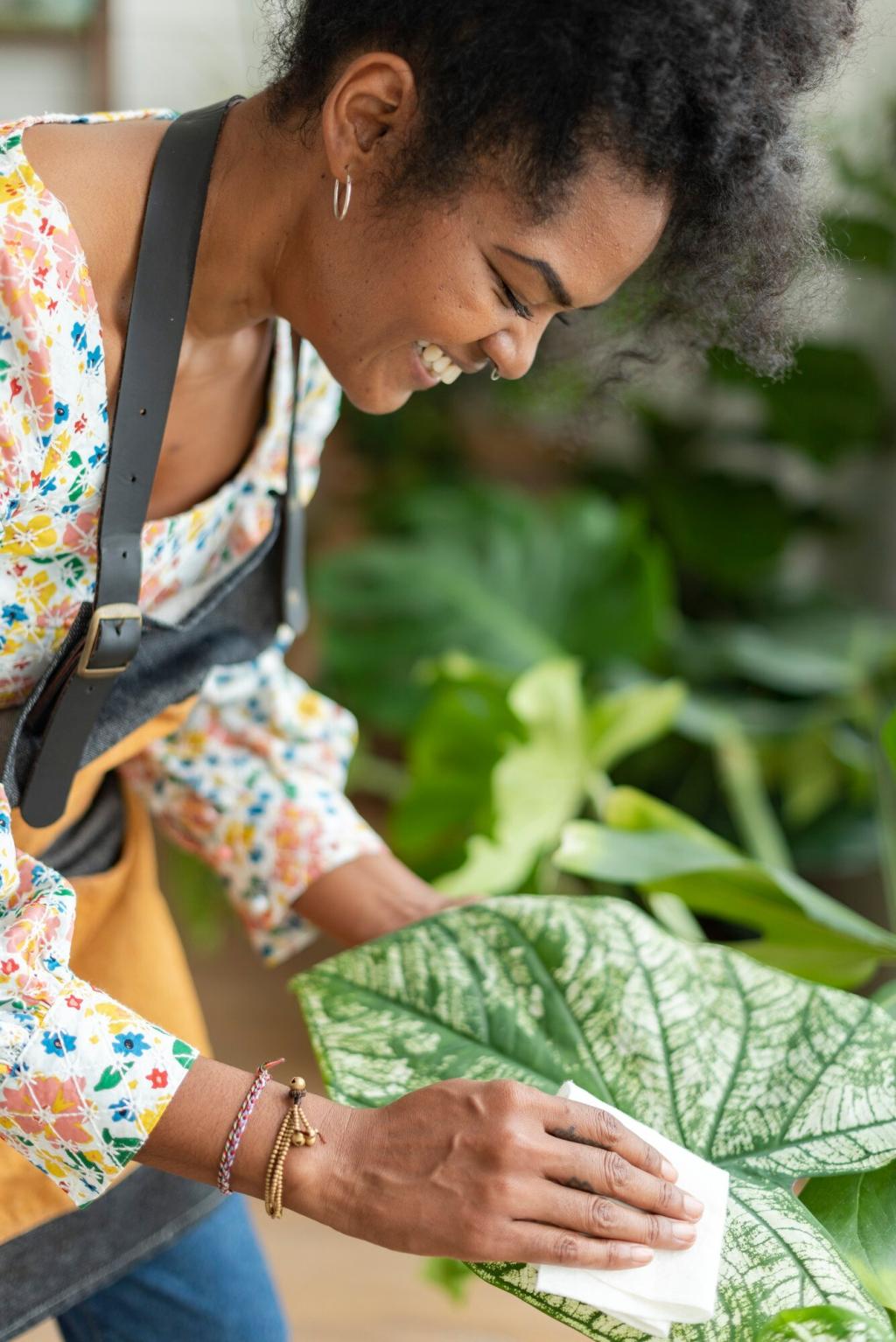
Urban Container Gardening for Sustainable Living
Urban container gardening is an innovative solution for city dwellers seeking to cultivate their own plants and vegetables in limited spaces while promoting sustainability. By utilizing containers, balconies, rooftops, and small patios, city residents can transform even the tiniest areas into productive green spaces. This method supports both environmental consciousness and personal well-being, enabling individuals to reconnect with nature, grow their own fresh produce, and contribute to a greener urban environment. As cities continue to expand, urban container gardening offers a pathway toward sustainable living, creative expression, and community involvement.
The Environmental Impact of Urban Container Gardening
Reducing Urban Heat and Promoting Biodiversity
Container gardens play a crucial role in addressing the urban heat island effect, a phenomenon where city areas become significantly warmer than their rural surroundings due to human activities and infrastructure. Strategically placed containers filled with greenery act as natural insulators, helping to cool down balconies, rooftops, and patios. In addition, these micro-gardens provide food and shelter for pollinators like bees and butterflies, fostering biodiversity in often sterile concrete environments. As more city residents embrace container gardening, the collective impact becomes notable, contributing to a more comfortable and ecologically diverse urban habitat.

Choosing the Right Containers and Plants
Selecting Sustainable Containers
The choice of container is foundational to any urban garden, impacting not only plant health but also the sustainability of the project. Sustainable gardeners often opt for repurposed items such as old buckets, wooden crates, or even discarded tires, giving new life to materials that might otherwise end up in landfills. These upcycled containers contribute to a reduction in waste while ensuring that gardening remains accessible and cost-effective. Additionally, proper drainage is crucial to prevent waterlogging, so drill holes or choose containers designed with this feature in mind. Ultimately, the right container balances functionality, durability, aesthetics, and environmental impact for a lasting, eco-friendly garden.
Understanding Plant Compatibility
Urban gardeners must be mindful of the types of plants they choose, as not all species thrive in confined spaces. It’s essential to consider factors like root depth, light requirements, and growth rate when selecting plants for containers. Leafy greens, herbs, dwarf vegetables, and compact flowering plants typically adapt well to container life. By grouping plants with similar needs, gardeners can ensure efficient use of water and nutrients, further enhancing sustainability. Seasonal rotation and crop diversity also contribute to soil health and pest management, allowing the garden to flourish year-round with minimal chemical intervention.
Matching Plants to Microclimates
Every urban setting possesses unique microclimates created by building orientation, reflective surfaces, and shaded areas. Successful container gardeners observe their available spaces throughout the day, noting sunlight patterns, wind exposure, and temperature fluctuations. By matching plant varieties to these microclimates, gardeners can optimize growth and productivity without relying on artificial inputs. Shade-loving plants make the most of protected corners, while sun-loving vegetables flourish on brighter terraces. This tailored approach not only conserves resources but also yields a more diverse and resilient garden, capable of adapting to the dynamic urban environment.
Water Conservation Techniques
Water is a precious resource, particularly within city environments where supply can be limited. Urban container gardeners adopt various strategies to minimize water consumption without sacrificing plant health. Using self-watering containers, mulching the soil surface, and grouping pots with similar moisture needs all help retain soil moisture and reduce evaporation. Collecting rainwater from rooftops or balconies further lessens reliance on municipal water supplies, completing a cycle of sustainable irrigation. These water-wise techniques are vital not only for environmental stewardship but also for maintaining healthy gardens during periods of drought or restriction.
Natural Fertilizers and Soil Health
Maintaining vibrant container gardens necessitates attention to soil fertility and structure. Rather than resorting to synthetic fertilizers, sustainable urban gardeners prioritize organic options such as homemade compost, worm castings, and natural amendments like bone meal or seaweed extract. These additions feed the soil ecosystem, fostering beneficial microbial activity and enhancing nutrient cycling. Healthy soil structure also improves water retention and allows plant roots to access vital minerals. By focusing on organic fertilizers, gardeners contribute to cleaner water systems, healthier plants, and a more resilient urban food supply.
